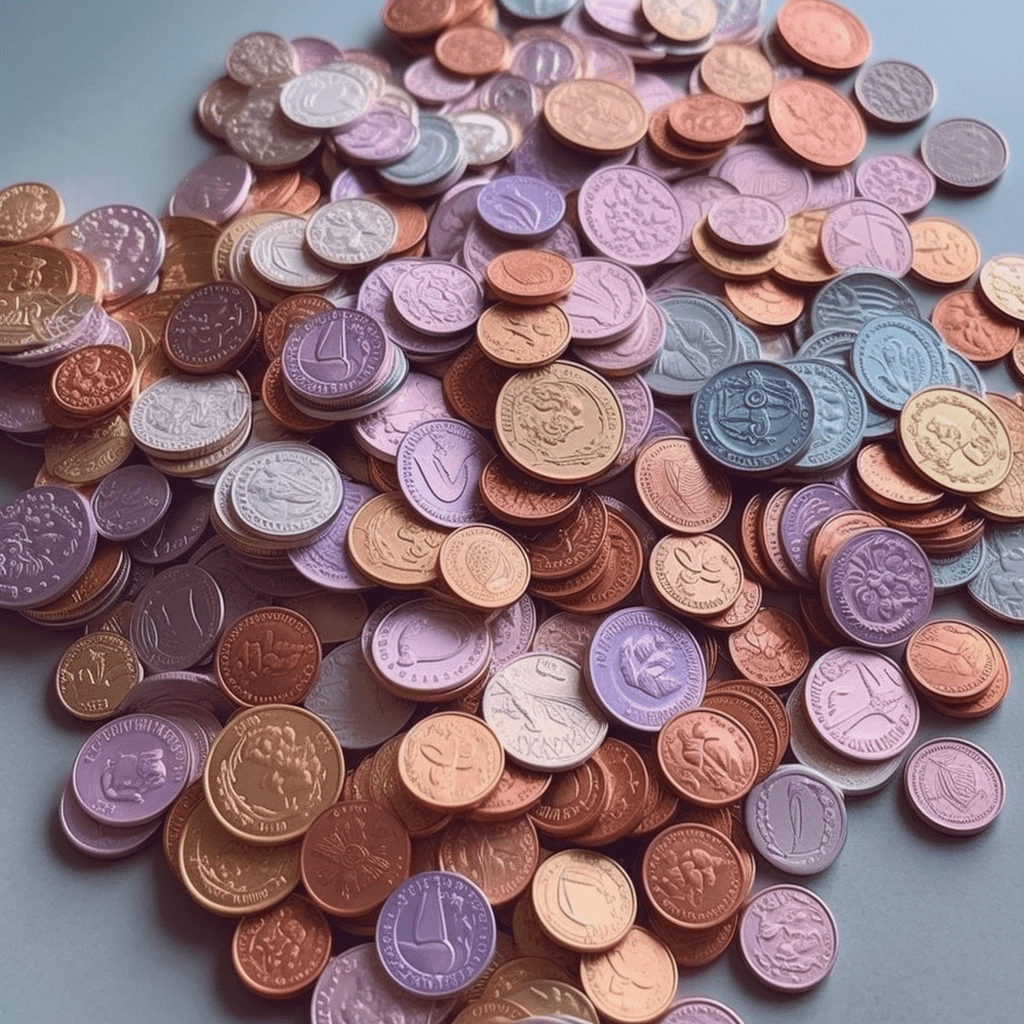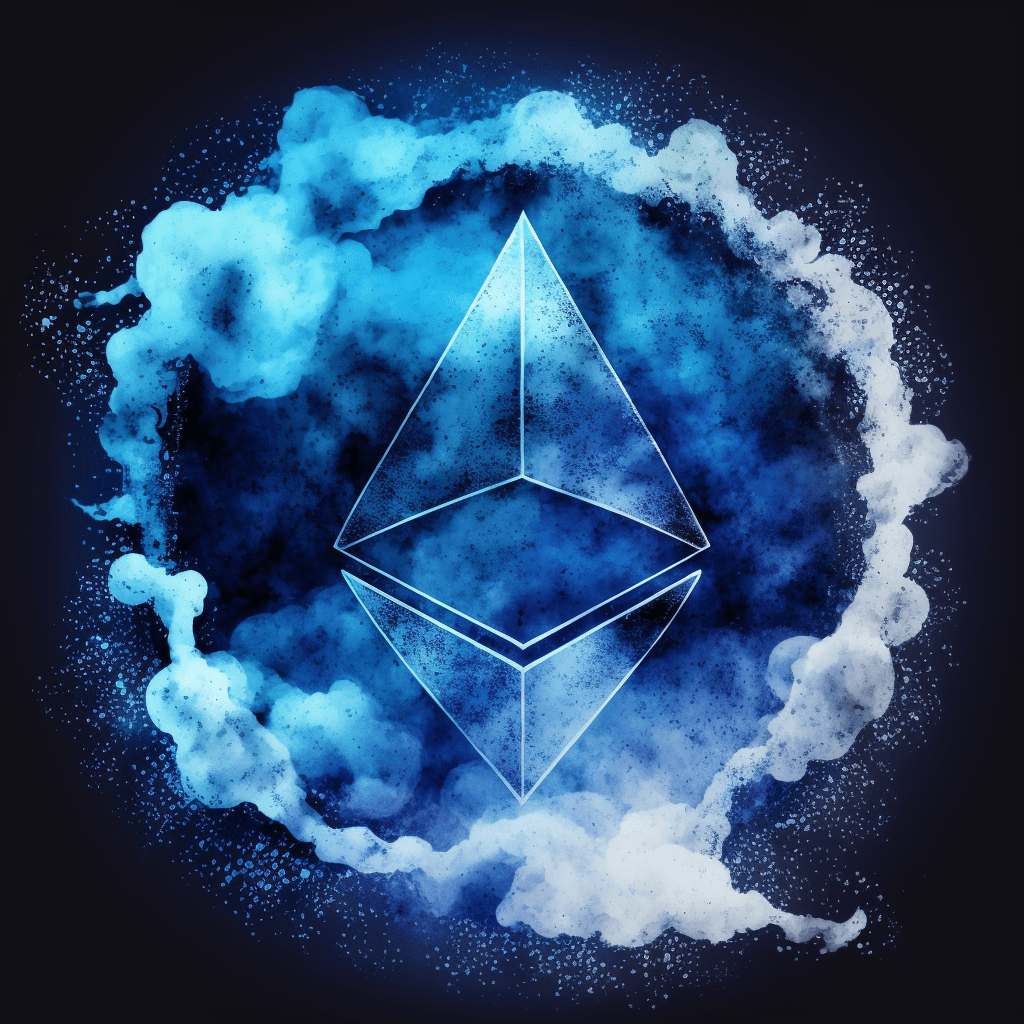Blockchain technology, with its decentralization, transparency, and immutability, has been causing waves in numerous sectors, and the world of digital art is no exception. Here, blockchain finds a perfect application in the form of Non-Fungible Tokens (NFTs), adding value and uniqueness to digital artworks. But one aspect that truly shows the limitless potential of this combination is the emergence of NFT art generators. In this article, we will delve deep into the intricate relationship between NFT art generators and blockchain technology.

What are NFT Art Generators?
Before we jump into the nitty-gritty of the connection between blockchain and NFT art generators, it is crucial to understand what these generators are. In simple terms, NFT art generators are software or platforms that create unique pieces of digital art, which can then be tokenized as NFTs.
These generators rely on algorithms and a vast array of elements and parameters to create pieces of art. They can create an almost infinite variety of unique artworks from a pre-set combination of attributes, characteristics, and designs. The end result is a digital artwork that is not just visually appealing, but also truly unique and, thanks to blockchain, verifiably so.
Blockchain as the Backbone of NFT Art Generators
The very premise of NFTs is built on the principles of blockchain technology. NFTs rely on blockchain to ensure the ownership, scarcity, and security of digital artworks. Every NFT is associated with a specific blockchain address, making it easy to verify its provenance and ownership. But how does this relate to NFT art generators?
When an NFT art generator creates a new piece of art, this piece can be tokenized, or turned into an NFT, on a blockchain. This process essentially binds the artwork to a unique blockchain address, effectively turning it into an NFT. Once an artwork is tokenized and becomes an NFT, it can be bought, sold, or traded on various NFT marketplaces.
The true genius of this relationship between NFT art generators and blockchain technology lies in the combination of creative freedom and immutable verification. With NFT art generators, artists can create unique pieces of art, while blockchain technology ensures that these artworks are permanently linked to a unique, immutable token.
Creating a New Paradigm of Digital Ownership

NFT art generators and blockchain technology are together reshaping the concept of digital ownership. In the traditional digital world, content can be copied and shared without restrictions, making it nearly impossible to claim exclusive ownership of a digital asset. NFTs and blockchain technology challenge this notion, creating a new paradigm where digital assets can be unique and owned outright.
When a piece of digital art is created by an NFT art generator and tokenized on a blockchain, it takes on a life of its own. It becomes a distinct entity with a clear history of ownership and provenance. This capability to establish and track ownership is key to the value proposition of NFTs.
NFT art generators, on the other hand, bring diversity and variety to the world of digital art. They allow for the creation of a nearly infinite variety of unique digital artworks. When combined with the immutability and transparency of blockchain technology, they create a potent mix that is revolutionizing the world of digital art.
NFT Art Generators and Smart Contracts
Another critical aspect of the relationship between NFT art generators and blockchain technology is the use of smart contracts. These are self-executing contracts with the terms of the agreement directly written into lines of code. Smart contracts are crucial in the process of tokenizing digital art and ensuring its uniqueness.
When an artwork is tokenized, a smart contract is created on the blockchain that contains the specific
details about the NFT, including its ownership and provenance. In the case of NFT art generators, a unique smart contract can be created for every single piece of art, ensuring its uniqueness and verifiability.
Challenges and Opportunities

While the potential of NFT art generators in collaboration with blockchain technology is undeniable, it is essential to also consider the challenges that accompany this advancement.
One concern is the barrier to entry that comes with understanding and navigating blockchain technology and NFTs. For many artists and creators, the technical complexities associated with minting NFTs and understanding smart contracts can be daunting. Therefore, it is crucial for platforms and communities within this space to emphasize education and accessibility.
On the other hand, the opportunities for artists and creators are immense. NFT art generators provide a new avenue for artistic expression and revenue. And for collectors and investors, the uniqueness, verifiability, and digital ownership that come with NFTs present a new kind of asset to explore.
In conclusion, the synergy between NFT art generators and blockchain technology is carving a new path in the world of digital art. This innovation is transforming our understanding of art, ownership, and the value of digital assets. As the technology continues to evolve and mature, it will undoubtedly bring even more fascinating developments to this vibrant space.
